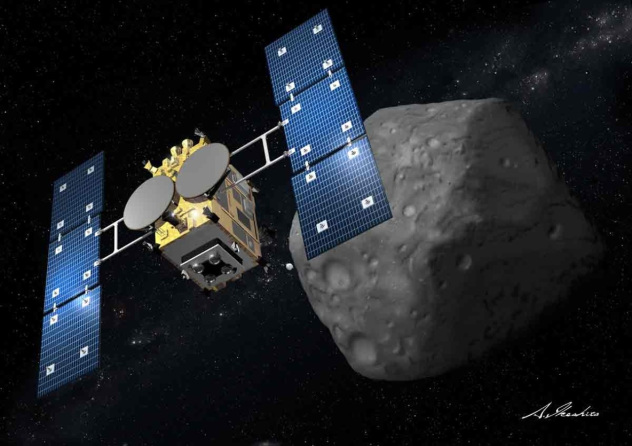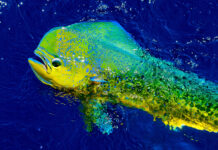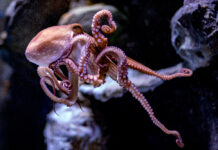“When we first saw Ryugu last June we were very surprised, because the shape is a spinning top and we never imagined that. Our next surprise was that the surface of the asteroid is covered by lots of boulders and rocks,” says Makoto Yoshikawa, a world-famous leader in celestial mechanics and Japan’s Hayabusa2 mission manager. “Maybe the next surprise will be the sample. If we find organic matter in it, this is the material that would eventually become life on earth. We want to find that original material.”
Hayabusa2, a follow-up to that dramatic first Hayabusa mission launched by the Japanese space agency, JAXA, is about to attempt to collect a rock sample from the asteroid Ryugu, a C-type asteroid that dates back to the earliest days of the solar system, on Friday 22 February, for the planned touchdown.
The first Hayabusa spacecraft, reports Physics World, returned to Earth with 1500 miniscule grains of rock from Itokawa. Apart from the rocks and soil that the Americans and Soviets brought back from the moon between 1969 and 1976, it was the first time a sample had been obtained from the surface of a body in space.
“The Liquid Asteroid” –Event Equal to 10 Billion Hiroshima Bombs Made the Rise of Homo Sapiens Possible
“The original Hayabusa had lots of serious troubles,” says Makoto Yoshikawa, the mission manager for Hayabusa2. “But we were able to overcome these problems, and it came back to earth in 2010, seven years after launch. Hayabusa itself went into the atmosphere and burned up, but it successfully got the sample back to the ground. Many Japanese people were very moved to see such a thing.”
Both Hayabusa2 and OSIRIS-REx, the US spacecraft that is preparing to touch down on the asteroid Bennu next year, have the same mission, says Yoshikawa: to go to an asteroid and get a sample. “But Hayabusa2 is more challenging because we have three small rovers and one small lander, and we have an impactor.”
“Impact!” The Asteroid That Towered a Mile Above the Cruising Altitude of a 747 (Weekend Feature)
The first two rovers landed last September, exploring Ryugu by “hopping”, becoming the first probes to send back pictures from the surface of an asteroid. The following month Hayabusa2 deployed a German-French package of instruments called the Mobile Asteroid Surface Scout (MASCOT), with the final rover scheduled to be sent down to Ryugu in July or later this year, 2019.
Origin of Earth’s H2O –“Billions of Tons of Water-Packed Asteroids”
In addition to the sampling device that will be used on 22 February, Hayabusa2 also carries an impactor –a high-speed projectile, due to be fired in March or April, that will make a crater on the asteroid and enable Hayabusa2 to collect “fresh” material from beneath the surface that are less weathered by the space environment or heat.
Hayabusa2 is scheduled to return to Earth in December 2020. One of the MINERVA-II1 rovers snapped the picture at the top of the page while hopping across the surface of asteroid Ryugu on September 21. The gray material is the asteroid, and the bright spot is sunlight.








